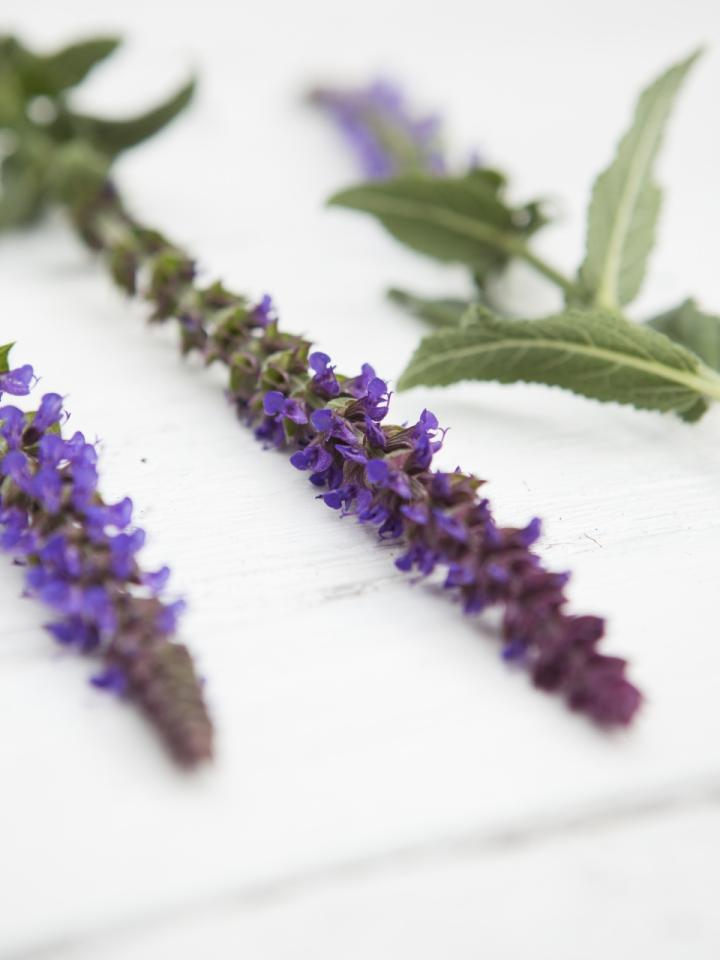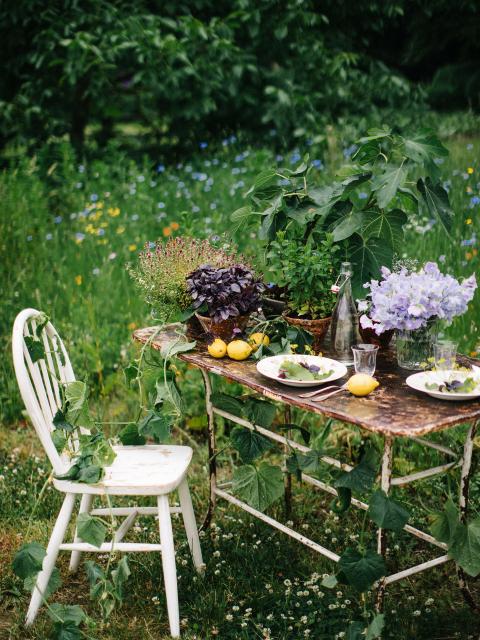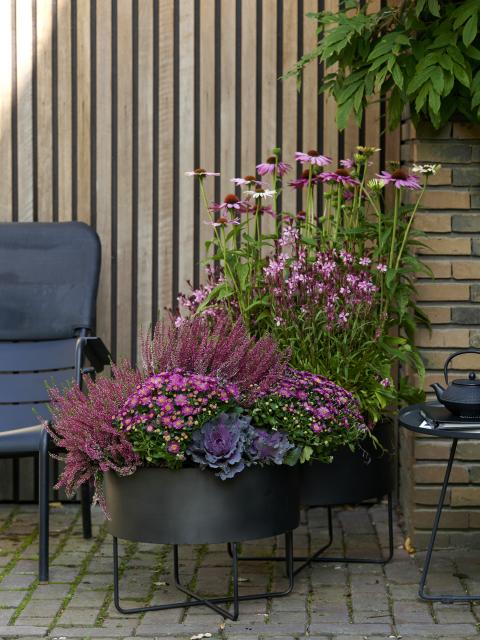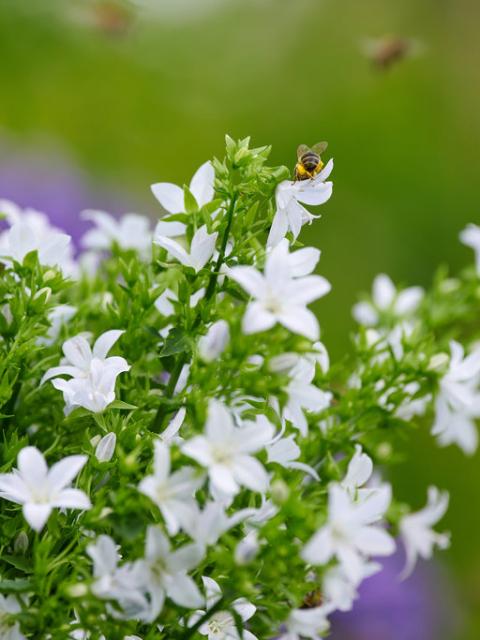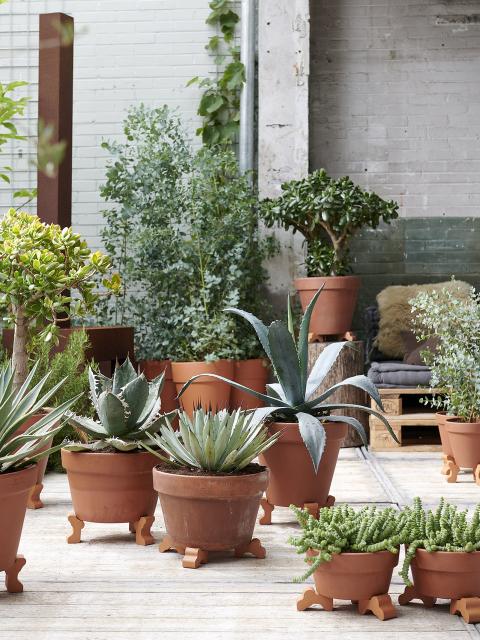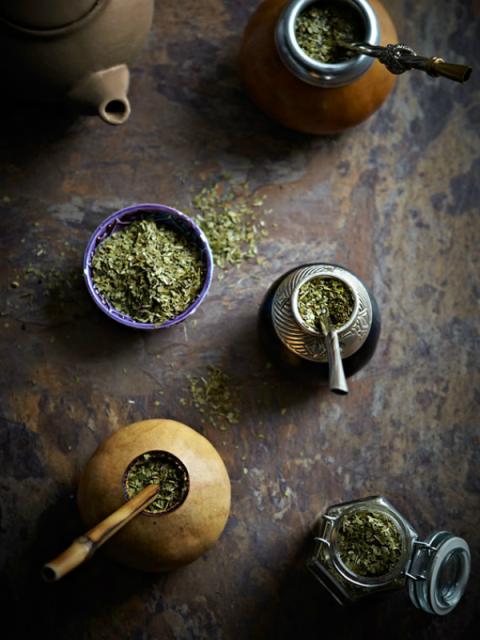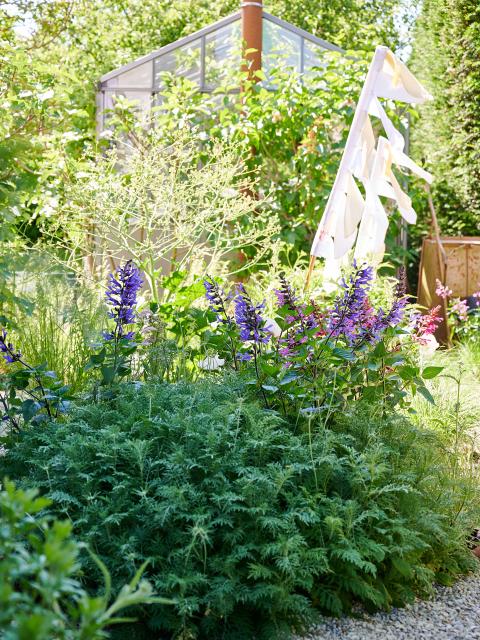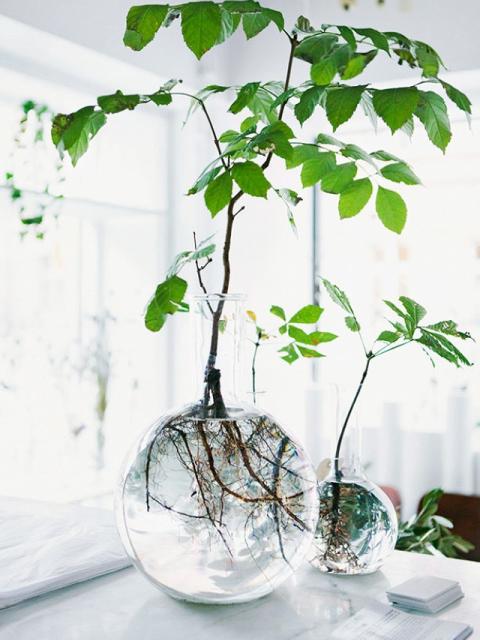Colours and shapes
Sage (Salvia nemerosa) is a delight to have in your garden. It starts every spring with green tussocks, and from that, long square stems emerge with upward-pointing indigo or violet spikes that attract insects and butterflies, and move in the slightest breeze bringing plenty of life to your garden. Depending on the variety, this garden bloomer can reach a height of 40 to 100cm. Sage is a classic border plant: if you place it in a tub or pot, make sure you allow plenty of room for it to grow because this ambitious plant needs space.
origin
Sage is a member of the Salvia plant family, which includes over 900 species. The plant originated in Central and West Asia and spread across almost all of Europe. It was first described in 1762 by the botanist Carl Linnaeus. Sage has long been part of the human environment. Traces of it were found alongside settlements from the early Stone Age, some 2.5 million years ago. The plant played an important role in those early communities: the green leaves were used to staunch bleeding wounds.
Sage trivia
- Salvia nemerosa is the species with the purple plumes; the garden herb is Salvia officinalis.`
- The name Salvia derives from the Latin word 'Salvere' which means 'make healthy' and 'save'.
- The suffix nemerosa is a contraction of ‘nemus’ (forest) and ‘amorosa’ (loving) and refers to the plants preference to grow near trees, bushes and orchards.
- The ancient Romans believed that Sage was a ‘holy herb’ with a purifying effect on its surroundings.

